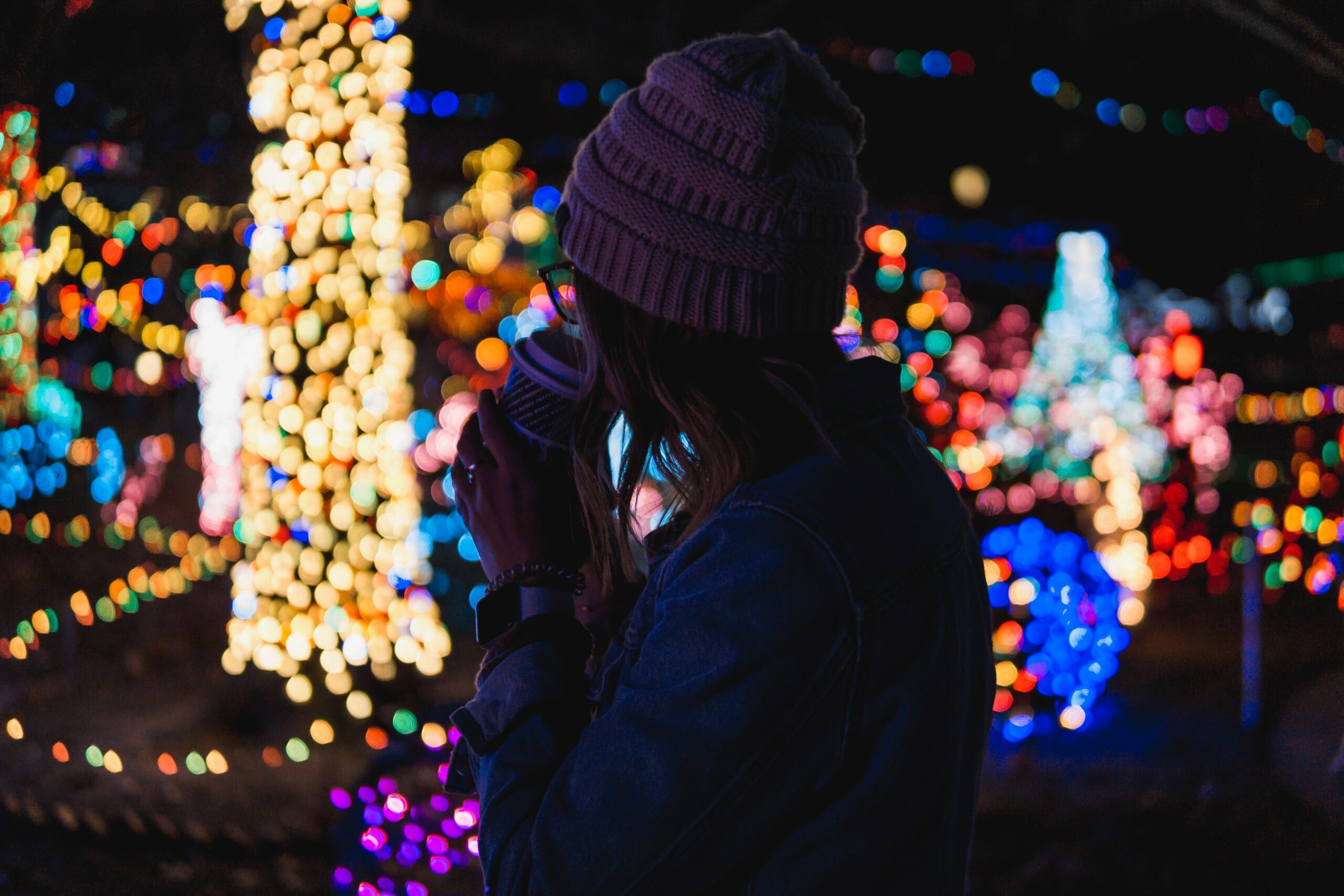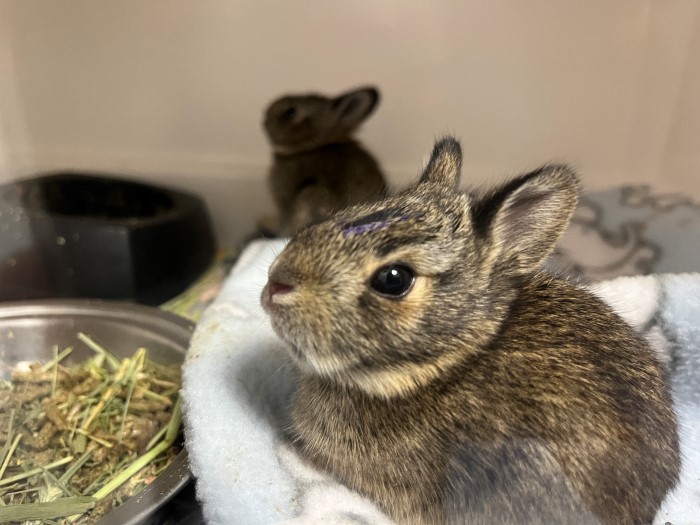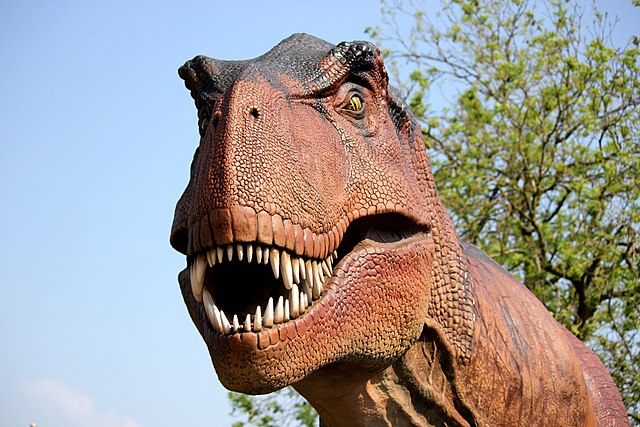Carly Clark, C/O 2024
With the holiday season upon us, its that time of the year where everyone starts to break out the extravagant decorations. Giant candy canes and inflatable snowmen start appearing in yards, and lavish light displays begin to illuminate the neighborhood. But for many wildlife species, this is NOT the most wonderful time of the year. The holiday light displays that we all love so much can actually be quite harmful to our native wildlife.
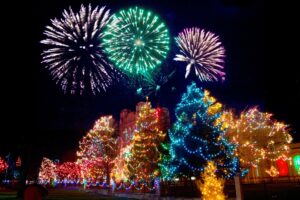
Raccoons, opossums, owls, bats, and many other of Illinois’s native fauna are nocturnal, meaning they are more active during the nighttime hours. The cover of darkness nighttime provides makes the midnight hours optimal foraging time for many species. Holiday lights dramatically brighten the situation and have the potential to throw off the essential predator-prey relationship. More light gives many predators extended time to hunt, particularly species like coyotes that traditionally utilize the low-light hours near dawn and dusk. This decreases the opportunity for prey species to forage, as they no longer have complete darkness to use as cover. Not only can artificial lights affect feeding behavior, but they can alter dispersal of species, driving them in to exist in higher densities in less human populated areas, increasing the risk for disease transmission amongst individuals. The compounded effects of these issues become especially potent as less natural food sources are available during the winter months, and therefore animals often need more foraging time per night to consume enough calories to stay warm.
Bright light displays can also be incredibly confusing to wildlife. Birds can be drawn in by the displays and become disoriented, leaving them at high risk for collisions with structures. Bright displays can also cause increased road mortalities. I know what you’re thinking…What could my 10ft tall illuminated and completely synchronized to music gingerbread village possibly have to door with a poor raccoon that wandered into the road? The surprising answer is, like many nocturnal species, raccoons have eyesight facilitated primarily by rods in the back of the retina. This makes them excellent at night vision. But when they wander into your dazzling light display, their retinas are saturated, and their eyes are unable to adjust leaving them temporarily blind and very suddenly unaware of their surroundings. This is not dissimilar from the spots you see after direct exposure to an unexpected bright camera flash.
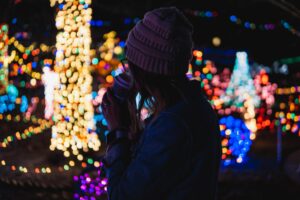
The less obvious effect of bright light displays comes from the disruption of melatonin. Melatonin is a very important hormone only produced at night when its dark; many species rely on it to regulate their daily and seasonal routines. With improper hormone stimulation from prolonged artificial light exposure, there can be critical disruption in an animal’s circadian rhythm.
Unfortunately, holiday lights are not just a health hazard at night! During the day, hungry squirrels and other small foragers have been observed chewing through the electrical wires to get to the colorful bulbs, which resemble a tasty snack. This puts them at risk of electrocution, and obstruction from ingesting foreign material.
This year, consider going without the fancy twinkle lights when setting up your holiday landscape. If you must have some holiday twinkle in your display, the good news is it has been found that yellow, red, and green-hued lights have a lesser impact than bright white or blue LED options, so wildlife-friendly light options are out there! Additionally, having your lights on a timer so they turn off after a few hours can help your electric bill and provide wildlife with the much-needed darkness they rely on each winter. Wish you, and our wildlife, a happy and safe holiday season!

